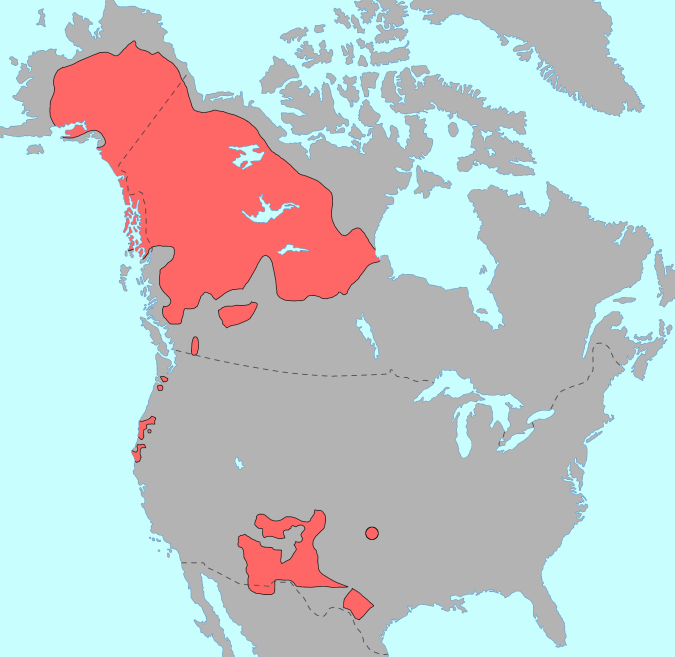 |
| Cebuano. Web Source: Wikipedia. |
Urheimat: An urheimat is the proposed original homeland of the speakers of a proto-language (the language from which all the languages in a language family are descended). The urheimat of Cebuano is the island of Cebu. The urheimat of Indo-European, the language family that English belongs to, is likely Anatolia, but there are multiple theories. Urheimats in the distant past are often determined by the presence or absence of words for types of animals or landscapes.
Yeneseian: Yeneseian is a language family I had not previously heard of. Only one Yeneseian language, Ket, is currently spoken, and it only has around 200 speakers. Yeneseian's urheimat is Central Siberia, and it has been related by some linguists to the Na-Dene languages of North America, which include Tlingit and the Athabaskan languages.
Athabaskan languages: The Athabaskan languages are far-flung, reaching from Alaska to north-western Mexico. Some of the more well-known languages of this group include Chipewayan, Navajo, and Apache. One of the Apache languages, Plains Apache, is spoken in Oklahoma. The broad geographic span of these languages allows for some guesses as to the ancient migration of their speakers.
 |
| Na-Dene Languages. Web Source: Wikipedia. |
Aucun commentaire:
Enregistrer un commentaire